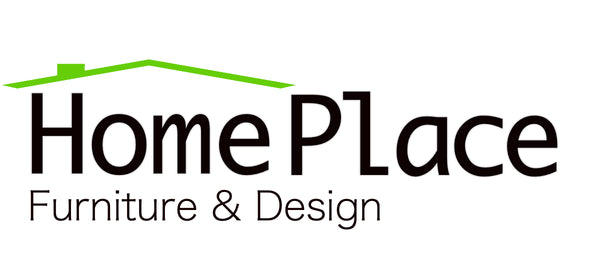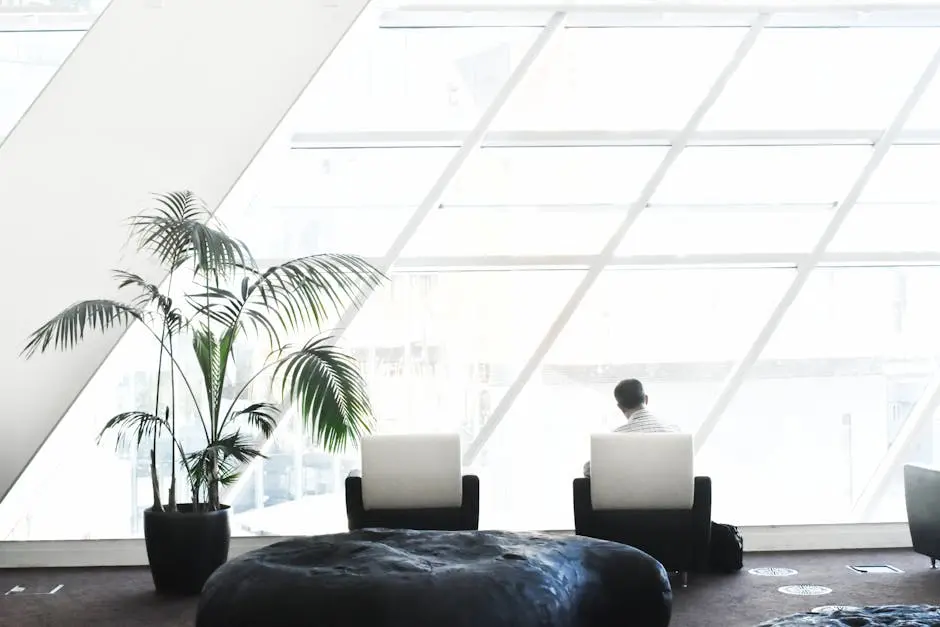8 Office Furniture Trends to Watch in Portland This Year
February 23 2025 – Shopify API

As the workplace continues to evolve, so does the office furniture we choose to create our environments. In Portland, innovative designs and sustainability are at the forefront of office furniture trends this year. From sustainable materials to multifunctional pieces, let’s dive into the latest trends that are shaping the way we work. Whether you’re redesigning your workspace or simply curious about the latest styles, these trends are sure to inspire.
1. Sustainable Materials Taking Center Stage
More businesses are choosing office furniture made from environmentally friendly materials. From reclaimed wood to recycled metals and organic fabrics, sustainability is key. Not only does this approach help in reducing waste, but it also resonates well with the growing eco-conscious workforce. These materials are often sourced from local suppliers, contributing to community support. For instance, in Portland, many artisans craft beautiful pieces that tell a story while being kind to the earth. It’s not just about furniture; it’s about making a statement.
Additionally, furniture companies are shifting towards using low-VOC finishes and adhesives, creating healthier indoor environments. It’s a refreshing change that prioritizes both style and well-being. Companies that embrace these sustainable options not only appeal to environmentally conscious consumers but also showcase their commitment to a brighter future. This trend reveals a deeper understanding of the impact our choices have on the planet, providing a roadmap for other cities to follow suit.
2. Flexible and Modular Furniture Solutions
In a world where remote work is prevalent, modular offices are gaining popularity. Look for pieces that can be easily reconfigured to adapt to changing needs. The flexibility of these designs allows for quick alterations, ensuring that every workspace can adjust as team dynamics change. It’s not just about having a workstation; it’s about creating areas that foster creativity, collaboration, and comfort. As employees increasingly value their ability to move and rearrange their environments, the demand for versatile furniture solutions has skyrocketed.
Furthermore, the modern workforce thrives on the balance between individual tasks and collaborative projects. Therefore, investing in furniture that transitions between private and communal spaces makes a significant impact. Whether it’s a simple desk that transforms into a meeting area or a couch that doubles as a sleeping space, these multifunctional pieces are ideal for today’s fast-paced and fluid work environment.
3. Smart Furniture Innovations
Tech-integrated furniture is becoming commonplace. Desks with built-in charging ports and intelligent lighting solutions can enhance productivity. Imagine working at a desk that not only adjusts to your height automatically but also monitors your posture and reminds you to take breaks! As more offices incorporate technology into their designs, these features not only streamline operations but also create a more engaging workspace. This trend shows no signs of slowing down, as innovation leaps forward to meet the needs of tech-savvy employees.
Moreover, smart furniture often comes with connectivity features that allow employees to personalize their environment. Temperature control, integrated sound systems, and lighting adjustments create an atmosphere tailored to individual preferences. This attention to detail elevates the traditional office setting into a dynamic workspace, reflecting the blended line between home comforts and professional demands.
4. Biophilic Design Principles
Incorporating nature into office spaces is trending, with furniture that supports greenery like living walls or planters integrated into desks. This biophilic design not only adds beauty to the office but also improves air quality and enhances employee well-being. Studies show that exposure to natural elements can increase productivity and creativity, making it a trend that benefits both employees and employers alike. Portland’s vibrant community of designers is leading the charge in creating innovative solutions that blend nature with functionality.
Furthermore, the integration of plants and natural materials within furniture designs not only creates an inviting atmosphere but also fosters a stronger connection to the outdoors. Choosing furniture that accommodates greenery encourages employees to take an active role in their workspace. From small succulents to larger planters, these additions can transform sterile work environments into lush retreats, promoting a culture of health and mindfulness.
5. Retro and Vintage Aesthetics
Many offices are embracing retro designs that add a touch of nostalgia to the workplace. Vintage furniture pieces can create a cozy and inviting atmosphere. It’s remarkable how a mid-century desk or a retro filing cabinet can awaken fond memories while providing a functional workspace. This trend not only showcases unique styles but also emphasizes the importance of character in office environments. The warm colors and distinctive designs prevalent in retro furniture make offices feel less like a corporate grind and more like a creative haven.
Additionally, mixing modern and vintage styles allows for creative freedom in workspace design. Pairing sleek, contemporary furnishings with retro accents creates a visually engaging contrast that sparks conversation and inspiration. By integrating these elements, Portland offices are embodying a style that respects the past while embracing the future.
6. Vibrant Colors and Patterns
Gone are the days of muted tones. This year, expect to see more vibrant colors and bold patterns that energize workspaces and stimulate creativity. Bright yellows, ocean blues, and lush greens not only liven up the environment but also contribute to a positive mood and enhanced motivation. Incorporating splashes of color through furniture or accents can significantly shift the dynamics of a workplace, making it feel more welcoming and lively.
Moreover, patterned textiles on chairs and cushions can break the monotony of a traditional office setting. Designers are finding that a tapestry of textures and colors can drastically change perceptions and foster collaboration. Personalizing workspaces with unique designs allows teams to express their identity, promoting a cohesive organizational culture that resonates with all employees.
7. Ergonomic Designs for Comfort
As health and wellness in the workplace become a priority, ergonomic furniture that supports posture and comfort has become essential. This trend highlights the need for furniture that not only looks good but also contributes to the physical well-being of employees. Companies are now investing in chairs that support lumbar health and desks that accommodate standing options to promote movement throughout the day. By prioritizing ergonomics, workplaces can reduce discomfort and fatigue, ultimately leading to happier and more productive employees.
Furthermore, ergonomics extends beyond chairs and desks; it also encompasses the layout of the workspace. A well-thought-out arrangement encourages natural movement and minimizes strain, contributing to overall employee satisfaction. The emphasis on wellness through office design creates an environment where individuals feel cared for, resulting in a profound impact on morale and team dynamics.
8. Collaborative Spaces Encouraged
Furniture that promotes collaboration, such as lounge chairs and group tables, is crucial as teamwork and brainstorming sessions become more common. The shift from traditional cubicles to open, inviting spaces fosters interaction and creativity. Creating designated areas that spark conversation and collaboration transforms the workplace into a hub of innovation and teamwork. As Portland continues to lead in flexible office design, these collaborative environments are becoming the norm rather than the exception.
Moreover, incorporating furniture that allows for ease of communication can dramatically impact workflow. Consider implementing modular couches that can be rearranged for different purposes or communal tables that encourage sharing ideas. When employees feel more comfortable engaging with one another, the outcomes can lead to groundbreaking ideas and improved team synergy. Embracing this trend not only ignites creativity but also reinforces a culture of collaboration that benefits everyone involved.



0 comments